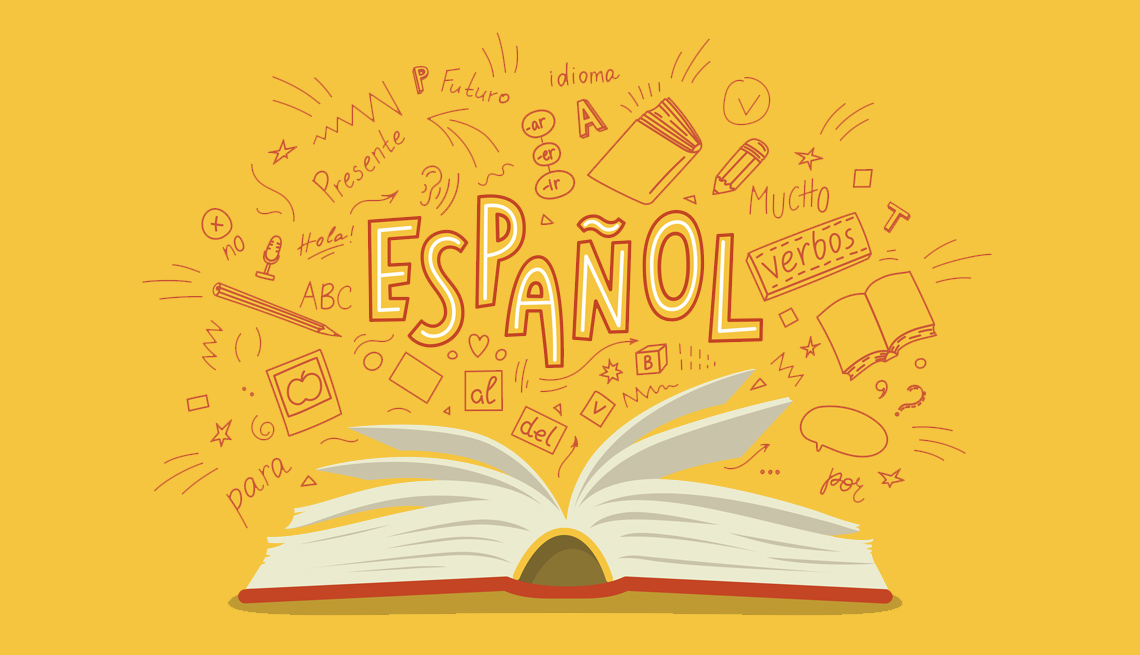10 datos curiosos sobre el idioma español
Más allá del vocabulario, la gramática y la pronunciación, cada lengua posee infinitos detalles y pequeñas particularidades que la hacen única e irrepetible. Los traductores profesionales guardamos una relación muy cercana y especial con los idiomas; por lo tanto, somos aficionados a encontrar aquellas palabras, modismos, excepciones y usos que distinguen a cada lenguaje.
Anteriormente, en un artículo de este blog indagamos sobre los datos curiosos del idioma inglés que nos llevan a conocer más en profundidad las singularidades de este lenguaje. Sin embargo, la lengua española también posee sus propias curiosidades que merecen un capítulo aparte en nuestro sitio web. Con esto en mente, los invitamos a embarcarnos en este nuevo viaje por las peculiaridades, rarezas y datos de color que hacen a este idioma tan rico, atractivo e interesante.
A continuación, las 10 curiosidades que más nos llaman la atención de la lengua española:
Curiosidad #1
Si bien la primera impresión parece indicar que el español se habla únicamente en Europa y en Latinoamérica, este idioma está tan extendido alrededor del mundo que se habla ¡en los seis continentes!
Mientras que en América es hablado en todos los países de Centroamérica y Sudamérica (excepto en Brasil) y en varias zonas de los Estados Unidos, en Europa solo se habla en España. En África se habla esta lengua en las ciudades autónomas de Ceuta y Melilla, en las Islas Canarias, en Guinea Ecuatorial y en el territorio de Sahara Occidental. En Oceanía, este idioma es hablado en la Isla de Pascua, y en la Antártida se habla en las localidades de Villa La Estrella (perteneciente a Chile) y Fortín Sargento Cabral (perteneciente a la Argentina).
Por lo tanto, esta lengua tiene hablantes en todos los continentes y es el tercer idioma más hablado del planeta, superado solamente por el inglés y el chino mandarín.
Curiosidad #2
En relación con el dato anterior y la expansión de esta lengua por el mundo, el primer documento escrito en castellano data del año 959.
El autor del histórico documento fue un monje perteneciente al monasterio de San Justo y San Pastor, en La Rozuela, España. Lo más curioso del caso es el contenido del legendario manuscrito: no es ni más ni menos que una lista de víveres y entregas de quesos de la despensa del convento.
Curiosidad #3
¿Cuáles son las letras más usadas por los hispanohablantes? Las vocales A, E y O son las más empleadas junto con las consonantes L y S. En el extremo opuesto, la letra menos utilizada es la W.
Curiosidad #4
También en relación a las letras, otro dato curiosos es que tanto la LL como la CH no existen oficialmente desde el año 1994, cuando fueron eliminadas por la Real Academia Española (RAE) del alfabeto español. Además, la H es la única letra que en español no tiene sonido, salvo cuando la antecede la C.
En la antigüedad, gran parte de los vocablos que hoy comienzan con la letra H eran escritos en latín con la F, como por ejemplo “humo” (“fumo”), “harina” (“farina”) y “herir” (“ferir”).
Curiosidad #5
Por su singularidad, la letra Ñ es sin dudas una curiosidad en sí misma. Si bien no pertenece al alfabeto latino básico, su virguilla o tilde tiene su origen en otra N más pequeña que se escribía en algunos casos sobre la N y con el tiempo se fue aplanando hasta su forma actual.
Aunque es uno de los signos más distintivos del idioma, la Ñ no es exclusiva del español, sino que también se encuentra en otros alfabetos como el asturiano, el aimara, el filipino, el gallego, el guaraní, el mapuche y el quechua, entre otros.
Curiosidad #6
Entre los datos curiosos de las palabras, podemos destacar que “ecuatorianos” y “aeronáuticos” son anagramas, ya que poseen las mismas letras pero en diferente orden. Asimismo, el verbo “reconocer” se lee igual de izquierda a derecha que al revés, lo que se llama “palíndromo”.
Además, “ferrocarrilero” es la única palabra de la lengua española que contiene cinco letras R, mientras que en “aristocráticos” cada letra se repite dos veces y la única palabra que contiene cada vocal duplicada es “guineoecuatorial”.
Curiosidad #7
La palabra más larga de la lengua española según el diccionario de la RAE está formada por 23 letras y es “electroencefalografista”. Sin embargo, las palabras más largas sin letras repetidas son “vislumbrándote” (14 letras), “calumbrientos” (13) y “centrifugados” (13).
Curiosidad #8
La palabra “ojalá” es sumamente utilizada en el idioma español para representar el “vivo deseo de que algo suceda”. Sin embargo, prácticamente nadie sabe en la actualidad que su etimología proviene de una invocación a Alá: “law sha’a Allah” (“si Dios quisiera” en árabe).
Curiosidad #9
El número mil es el único del sistema numérico que no contiene las letras O y E. Asimismo, el número cinco lleva cinco letras y es el único caso en el que sucede este fenómeno.
Curiosidad #10
Está probado que el idioma español es el más rápido de hablar ¿En qué se basa esta afirmación? En la cantidad de sílabas que un hablante medio puede pronunciar por segundo. En este ranking, español comparte el podio junto al japonés, mientras que en el extremo opuesto se ubican el alemán y el chino mandarín, dos lenguas que se caracterizan por su pronunciación sumamente lenta.
Esperamos que hayan disfrutado de conocer estos 10 datos curiosos de la lengua española ¡Hasta la próxima!






